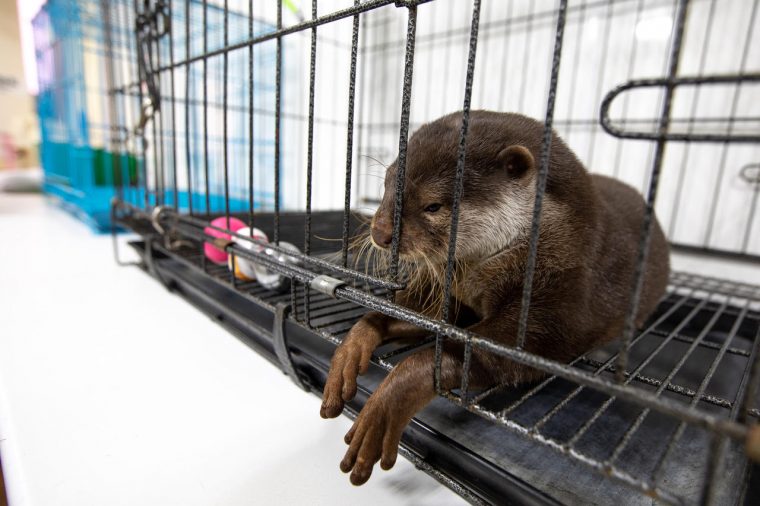
Not many have been to Taman Alam Kuala Selangor in, well, Kuala Selangor.
A mini jungle in size, the nature park is a combination of secondary forest and wetland, home to an encyclopedia of wild mangrove and marsh species like the milky stork and long-tailed macaque but one particular species that holds a crucial role is – the otter.
This semi-aquatic mammal has been spotted in the park numerous times, often displaying its playful wits like its cousin the weasel and river finesse much like another distant cousin, the beaver.
Officially, Malaysia has four out of 13 otter species; the cat-sized Asian small-clawed otter, the smooth-coated otter (almost as big as a medium-sized dog), the Eurasian otter and the hairy-nosed otter. The hairy-nosed being the rarest in the world and is endemic to Southeast Asia.
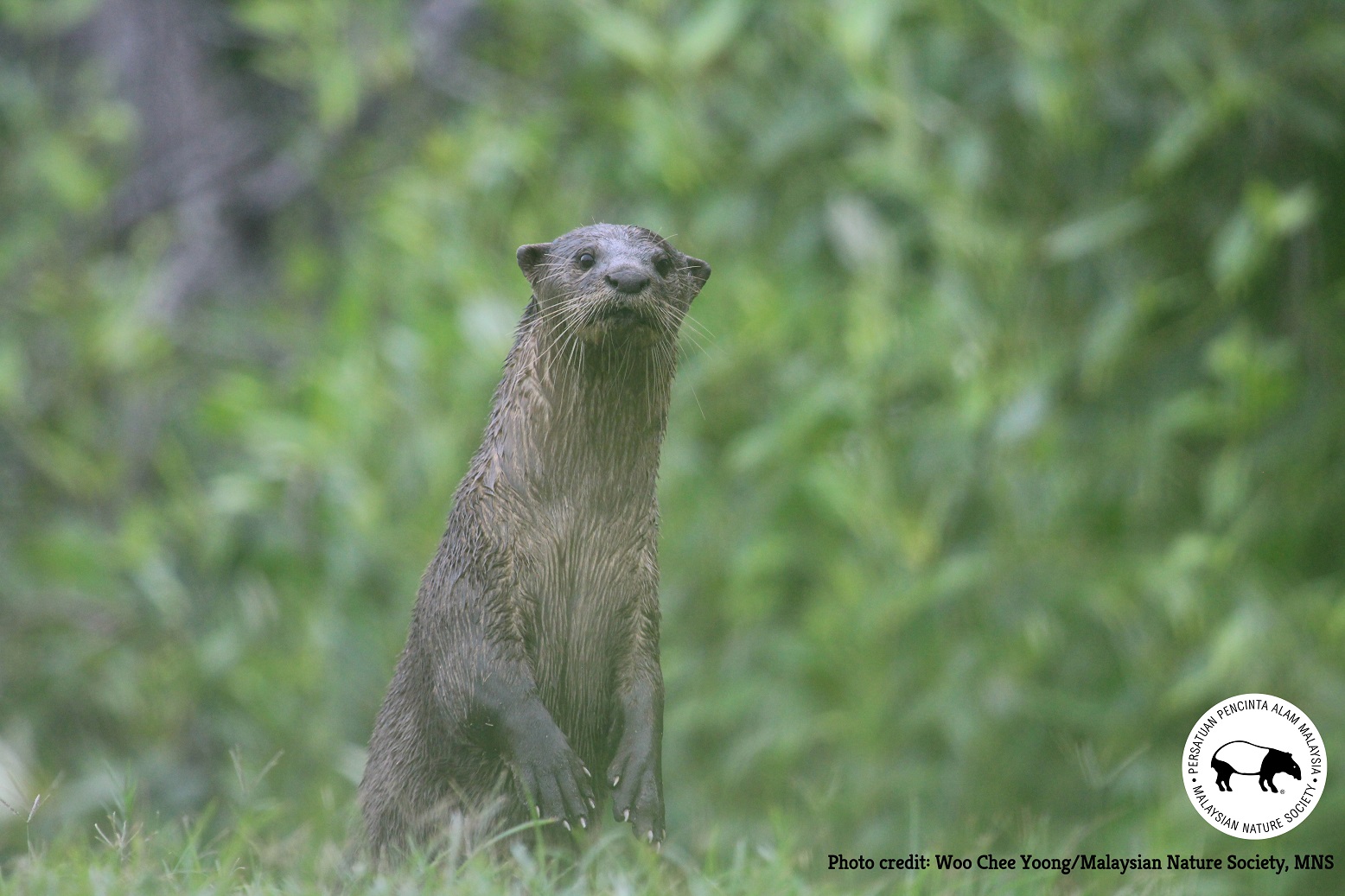
Run by the Malaysian Nature Society (MNS), the park is significant proof of how otters, just like ants, play very crucial ecological roles in the ecosystem especially to signify the health of our freshwater system.
With otter species being the society’s latest addition to its conservation efforts granted by the International Otter Survival Fund, it’s only fitting that a celebration would be put together.
MNS is the oldest and largest membership-based environmental non-governmental organization in Malaysia. It is run by elected members on a voluntary, non-profit basis and backed up by about 40 full time personnel. Established in 1940, its mission is to promote the study, appreciation, conservation and protection of Malaysia’s natural heritage. MNS has been the main force behind the protection of many key habitats as well as national, marine and state parks in Malaysia. The Society is also actively involved in species conservation (especially birds) as well as, in the ratification of climate change convention in Malaysia.
To beat the drum and create awareness of the importance of otters, MNS held a celebration of a virtual kind across all of its social media platforms late in May last month with bite-sized otter facts and figures.
Not only that, the society has also created a network of professionals and researchers focusing on otters in Malaysia. The first-of-its-kind for such super group, this select few enthusiastic individuals have also recently presented their cause to the Kuala Lumpur City Council for a more comprehensive understanding and cooperation for government sectors.
But Why Otters?
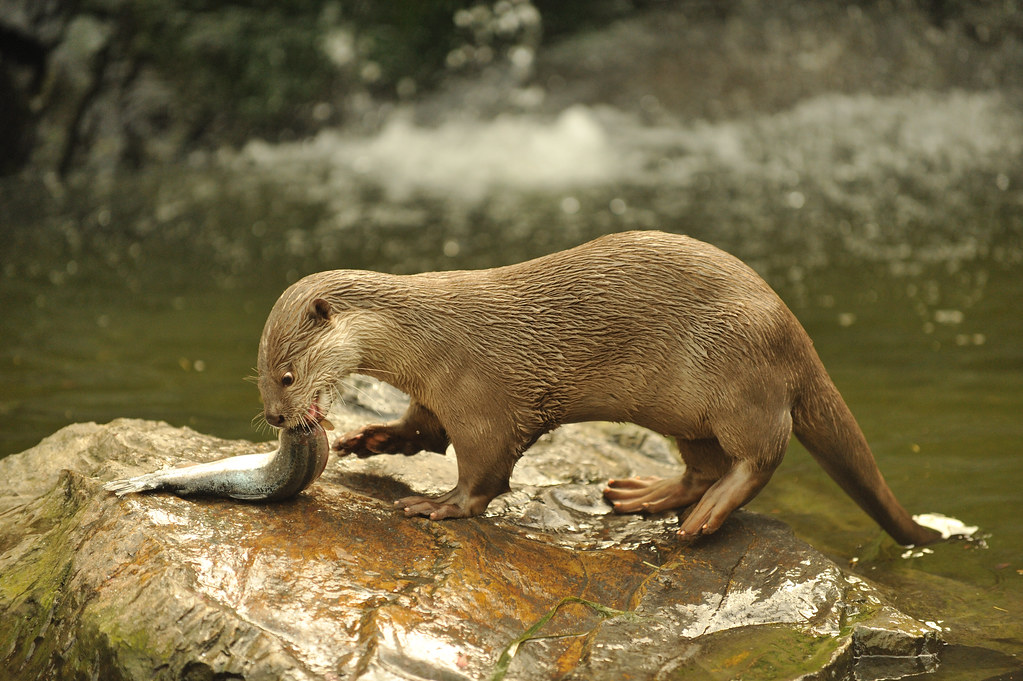
What’s so great about otters anyway?
The answer is the ecosystem.
Mother nature’s cycle of a system that pulls everything together, the ecosystem is where a single species can feed another, then another and another and the cycle continues.
In our furry friend’s case, otters keep kelps alive.
Across the ocean in the American continent or the United Kingdom, kelp forest (or seaweed) is a primary producer of food and shelter where many organisms feed on them before other animals feed on these organisms. Problem is sea urchins are amongst many ocean seabeds species that feed on kelp. Most of the time, a little too much.
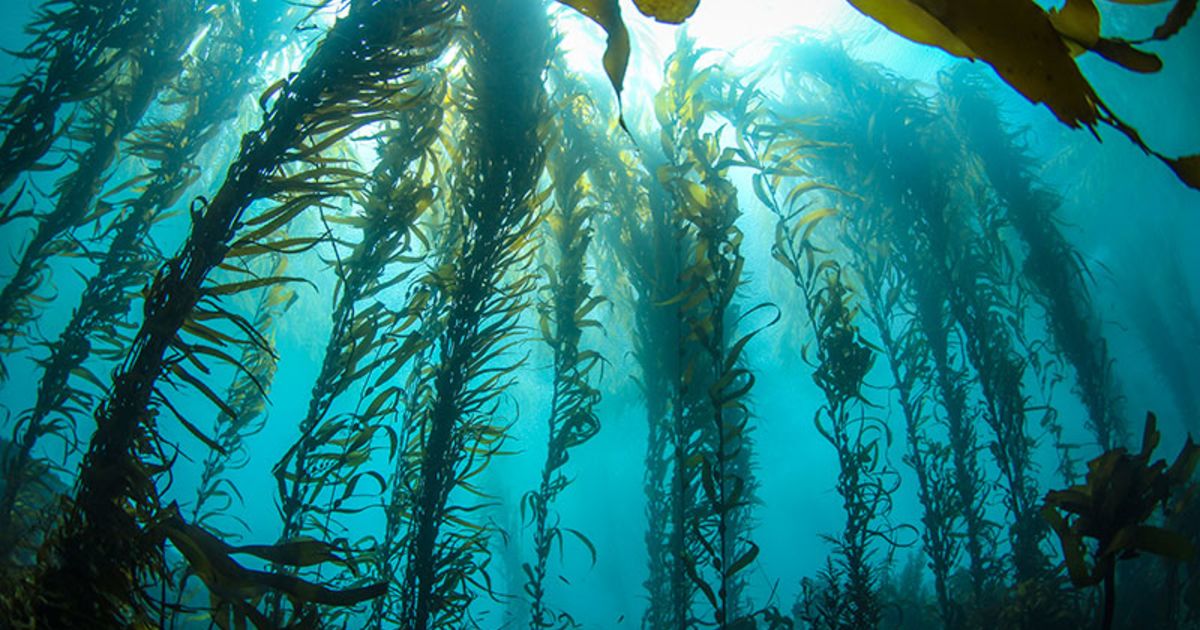
They can become parasitic-like, consuming too much and may overpopulate the seafloor, devouring huge kelp forests in their path.
Now otters help keep the system in check by dining on urchins and help maintain healthy kelp forests. Although their diets are specific to each species, in general, they eat fish, followed by crabs and other invertebrates.
In simple words:
Sea urchins eat seaweed = Seaweed dies
Otters eat sea urchins = Seaweed lives
According to our friend from MNS, Woo Chee Yoong, this isn’t exactly the case here in Malaysia as there are no kelp forests around and the otter species that pulls the system together is the sea otter – not a species that can be found in Malaysia.
In fact, some Malaysians are confused with the ones they spotted over the coastlines, thinking that those are sea otters. They’re actually the smooth-coated kind.
What’s IMPORTANT, however, is that otters are the indicators of the health of our freshwater ecosystems like mangrove, lake, river and any point of water that meets land.
“Wetland zones such as mangrove and peat swamps are the major carbon sinks with our water resources coming from the river. Protecting the otters would mean protecting the habitats,” said the MNS researcher.
That’s why in Malaysia, mangrove and wetland sanctuaries surrounding conservations like Taman Alam Kuala Selangor benefit a lot from the small furry species, a lot more than we know.
Now while you’re reading this, our freshwater otters are working hard to control the population of fishes and invertebrates, maintaining the ecosystem balance in the aquatic environment.
Like the kelp forest in the western continents, our mangrove and peat swamps are equally precious to the coastal communities, and we’re not talking about the kampung folks living by the coast okay.
Basically what you need to know is that otters are considered keystone species, meaning that the health of otters is a good indication of the health of other species AND the nearby ecosystem.
Otterly Worrying
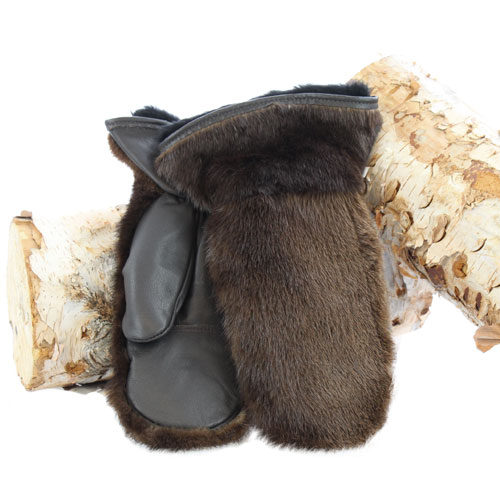
Many years ago, people hunted otters for their fur.
Extensively, if we may add to a point of near extinction. But that was yesterday. Today, however, otters face a more grievous threat from pollution and habitat loss.
Guess who’s fault is that?
The best part of all this, here in Malaysia or at least in our region, Asian otters like the smooth-coated and small-clawed species are dangerously threatened by the illegal pet trade.
Something most of us are guilty from, either from contributing to the ring or simply by ignoring one.
Now we’ve all heard of Malaysians keeping wildlife like dusky-leafed monkeys as pets but have you heard about people keeping otters at home?
In January, Harian Metro reported that a ‘lost’ otter found its way to a man’s home in Terengganu and it was found that the otter was someone else’s pet.
The Malaysian Wildlife Department (PERHILITAN) Deputy Director, Kamsul Alias said otters are listed as a totally protected species in Malaysia. Keeping one would require you to apply for a special permit, a very stringent process to own.
In general, one would be fined (not more than) RM100,000 or jailed (not more than three years) or both if found guilty of keeping otters as a pet under Section 68 (Hunting, obtaining and in possession of a totally protected species) under the Wildlife Conservation Act 2010.
Specifically, the hairy-nosed is listed as Endangered, the smooth-coated and Asian small-clawed as Vulnerable and the Eurasian otter as Near Threatened.
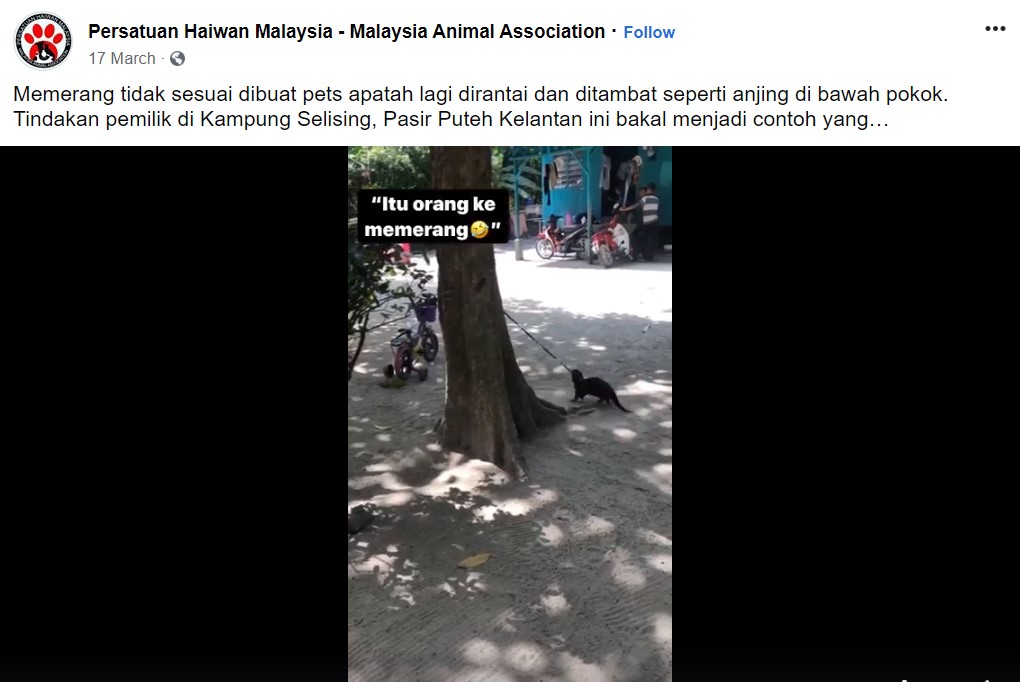
Earlier this year, Malaysia Animal Association posted a video of an unknown person tying an otter to a tree, clearly keeping the visibly distressed mammal as a pet.
A quick search on the net also uncovered how easy it is to purchase one, license aside.
These are but one of many unlawful actions made by us to take away a key species crucial to the ecosystem.
National Geographic uncovered a booming (illegal) otter trade right in our region where customers from high purchasing power countries like Japan are willing to buy one over thousands of dollars where researchers believe that people are stealing them from the wild in Indonesia and Thailand.
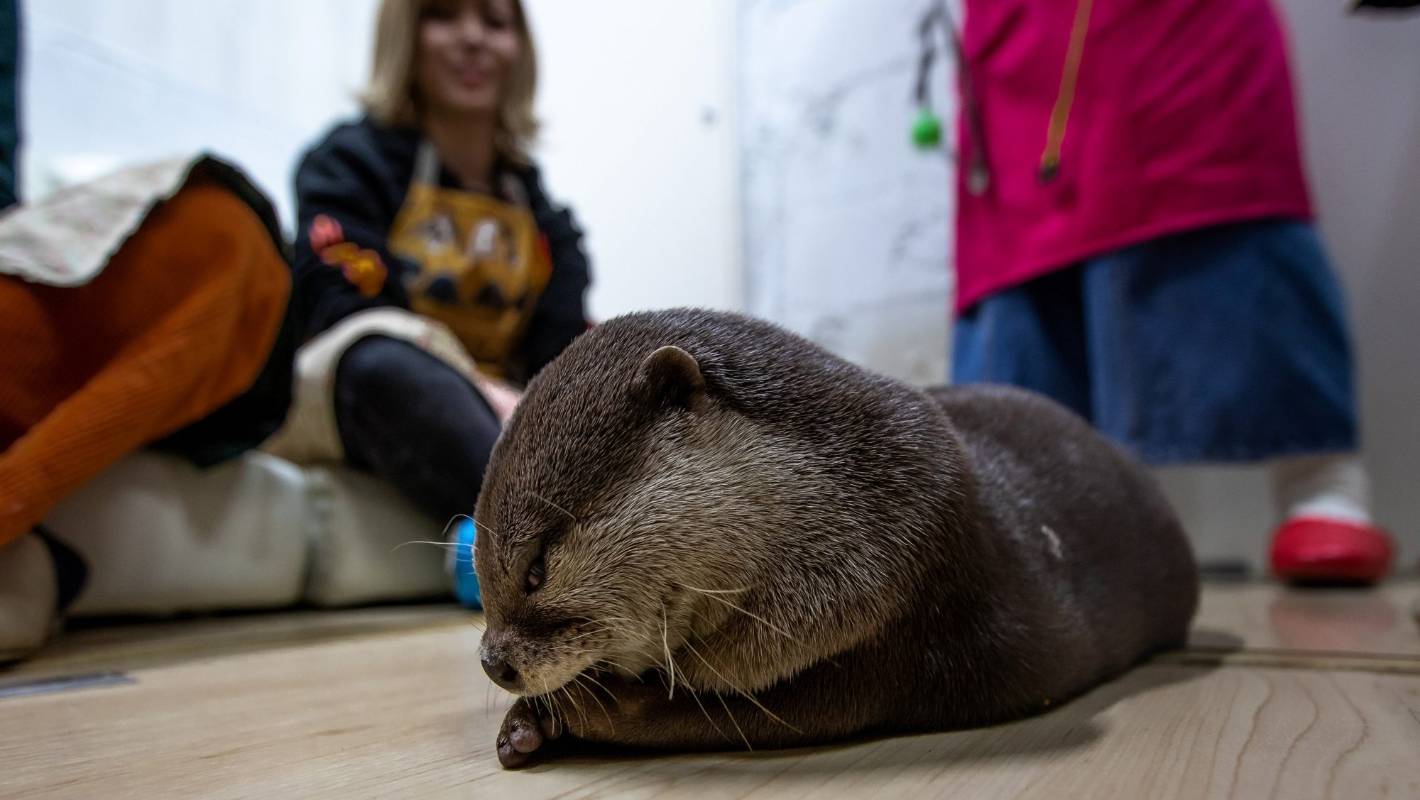
A report by TRAFFIC (a leading NGO working on global trade of wildlife animals) found four Southeast Asian countries with high online trade on otters. Besides Indonesia, Thailand and Vietnam, our beloved Malaysia is listed as one of them.
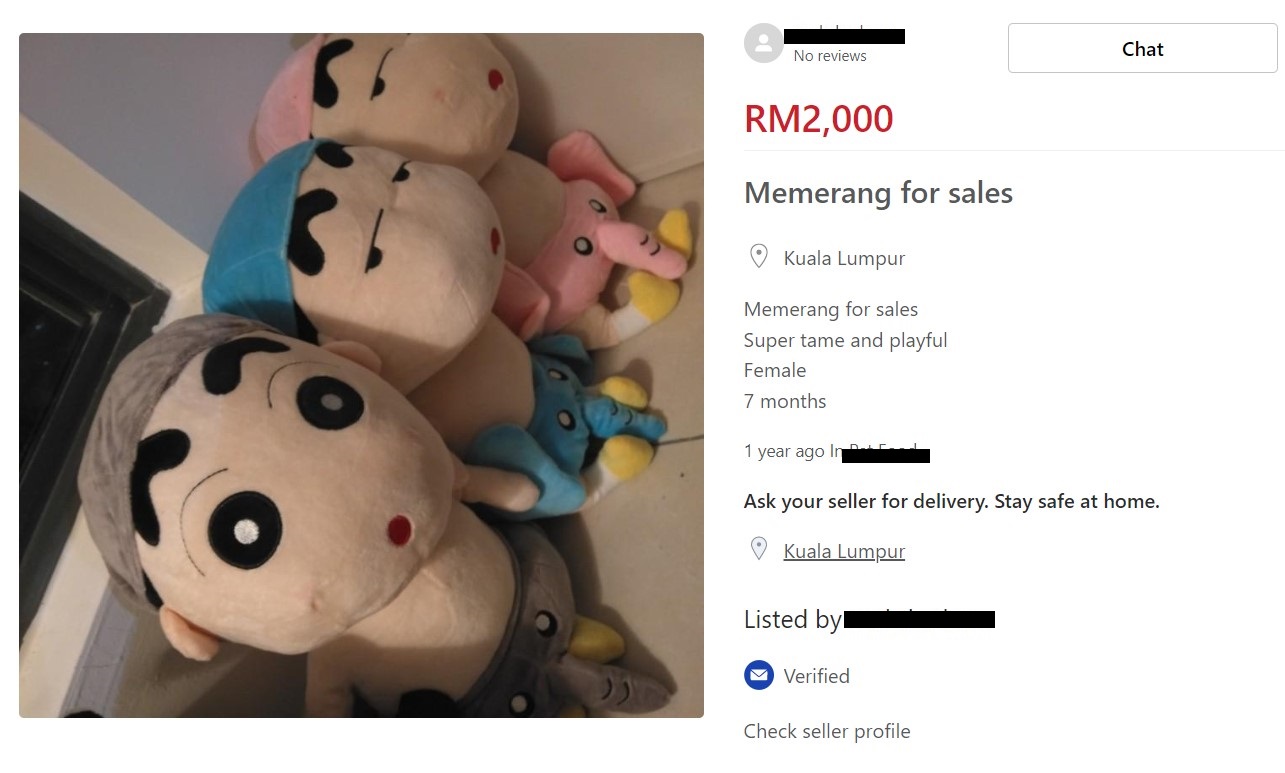
The report uncovered close to 600 advertisements of otters on Facebook alone with the small-clawed species facing the highest trade risk.
Most, like other exotic pets, are juveniles.
The law protects otters in Malaysia with specifically FOUR legislations that promises jail time up to seven years and fine up to RM2 million if convicted.
But like any other laws, things are meant to broken or bent. TRAFFIC acknowledges loopholes for these laws especially ones that overlap international borders.
Although Malaysian authorities have been working non-stop on research and enforcement activities to stop illegal trade of otters, there’s only so much they can do when the demand is still there.
When You Stop the Demand, You Stop The Buying
It’s up to us to help not only the authorities but also highly-dedicated NGOs like Malaysian Nature Society to help keep our otters safe from harm so that sanctuaries like the Taman Alam Kuala Selangor will be kept a treasure for our children, and their children.
Remember, otters are not pets.
They need a specific diet to survive, their teeth are sharp and they need large areas with an aquatic environment to roam free so your 3-bedroom SOHO may well be reserved for cats than otters.
If you see anyone, know anyone involved in the selling, buying or illegal possession of our furry friends, we’ll make it simple for you – Just call PERHILITAN at 03-9086 6800 or you can slide into their DM on Twitter and Facebook too because we found that they’re very active on social media.
Follow more animal conservation efforts by MNS on Facebook HERE and Instagram HERE.
Do the right thing. The planet is not ours alone.
Read our story on Malaysia’s cruel exotic pet trade HERE.








